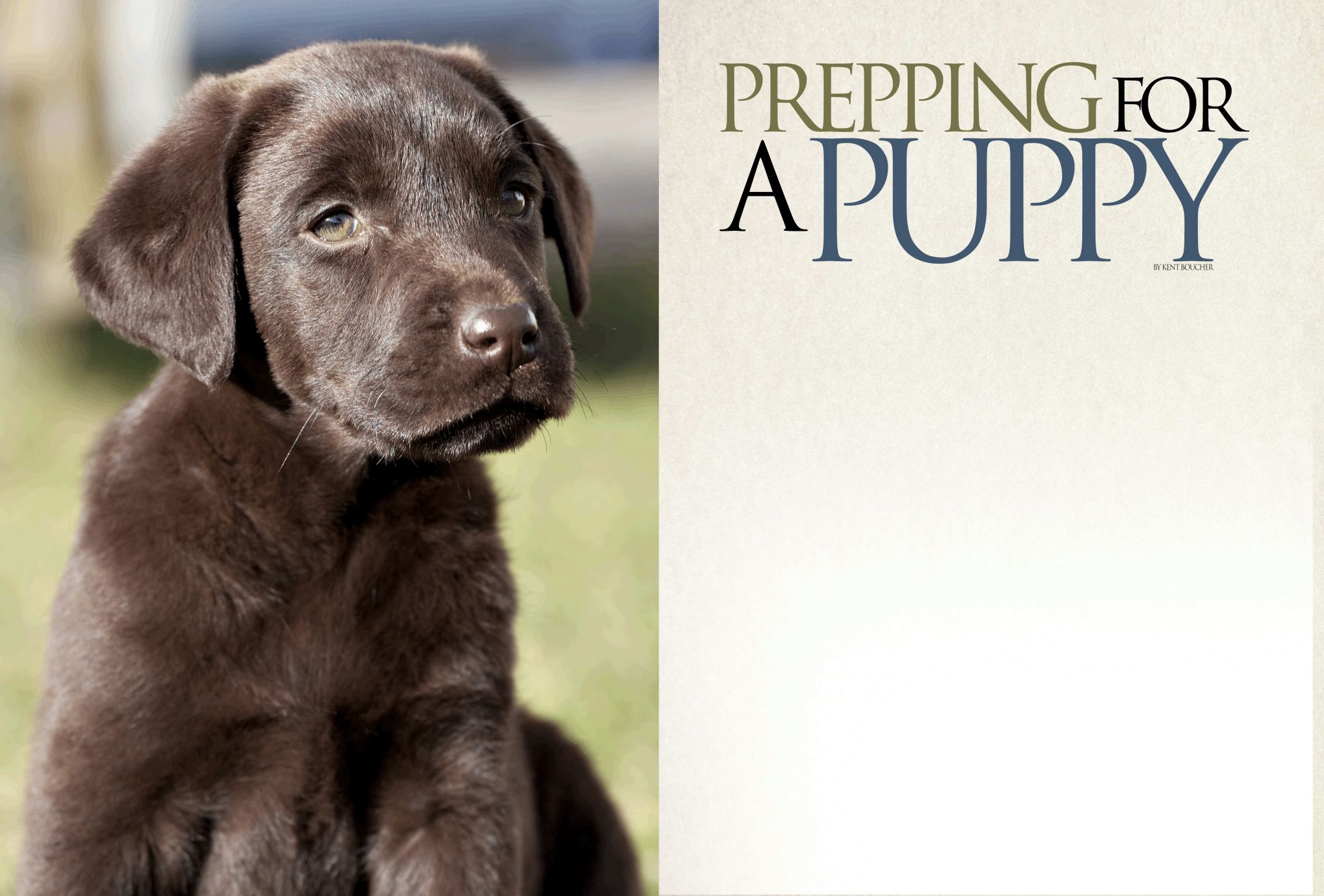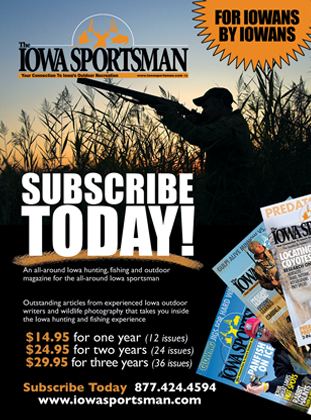Prepping for a Puppy

Prepping for a Puppy
Theo was the softball sized, orange and white Britt pup we fell in love with. He was only six weeks old then- not quite to the recommended eight weeks for adopting him away from the care of his mama, “Belle.” So after sighing deeply with puppy-smitten adoration, we snapped a few pictures of his most distinctive markings and delicately placed him back in the puppy play pen with his nearly equally adorable brothers and sisters. The breeder was the kind of guy we were looking to do business with. He had experience with breeding, training, and hunting behind his Brittany’s.
He assured me that both the sire and dam of the litter were good hunters with a pointing instinct. It didn’t matter though, we were already sold. Theo is five now and shares his once undivided attention with a rescued half britt/half poodle mix, and two human siblings whom he does his best to tolerate.
Through all of these additions to our family I have arrived at this conclusion: Bringing home a brand new puppy is not so different from bringing home a brand new baby. Life is going to change. When new owners fail to acknowledge the preparation for raising a puppy, unfortunately the situation often results with the puppy having to go to a different home. The right preparation can make raising your new pup not only tolerable, but truly one of the most rewarding experiences your family will share together.
Now, please understand, I am not an expert dog trainer, so if you are looking to have a finished gun dog, you need to seek out a professional trainer and follow their advice. But if you are like me, someone who wants to do enough training on their own to raise their pup to be a well adjusted family dog that they can take along in the field eventually, here are some basic tips that have worked for me and could be helpful for you.
The first step in preparing for a new puppy is identifying the breed that best matches your family’s lifestyle. The best way to determine this information is by researching breed profiles to find the correct match for your family- the American Kennel Club (AKC) is an excellent resource. An additional factor to consider if you are looking for a gun dog is the type of hunting you are hoping to do with your dog. The physical capabilities and limitations of each breed must be taken into consideration before adopting your new hunting buddy.
Once your family has settled on the breed that best matches your lifestyle and hunting aspirations, you can begin looking for a breeder. All dogs can be trained, but dogs that already possess the natural instinct for hunting provide a significant advantage for their new handler. After you have located a litter of pups that is listed for a reasonable price, make a phone call to the breeder before you visit the litter and find out if there is a hunting background in the pedigree. Be sure to make this call before you visit the pups though because once you, or especially one of your kids hold that pup for the first time, you will be writing a check. Thankfully this rookie mistake didn’t hurt my hunting plans!
Now that you have located a litter of pups that fits your plans, you will need to make another decision: which pup should you bring home? Sometimes hopeful owners try to look for the pup that displays the most dominant behavior, or the least dominant behavior. Others may be looking for a spunky and playful pup, or maybe a more docile and laid back puppy. These considerations are really not useful though.
The personality and caliber that an eight-week old puppy will develop into as a mature dog has much more to do with the way her new handler will train her. Attempting to predict such outcomes is about as fruitless as predicting the type of adult a toddler of our own species will eventually become. Instead, determine if you would like a male or a female dog, and then focus on the dog that you find most attractive. Maybe you have a strong preference for a lot of ticking in their coloration, or maybe you like more symmetrical coloring on the face, or patches of color all over the dog’s coat, or a solid colored coat- whatever your preference is, that is the most useful way to sort through a litter of pups.
After surviving the often emotional ride back home with your new pup, the real work will begin. The puppy training should begin by leading your new dog around the yard to start conditioning him to use the yard as his restroom, and as a puppy you need to train him to do this while attached to his lead- this will now be a significant part of your middle of the night routine. The quicker your pup learns to answer nature’s call while attached to the lead, the sooner you can zombie walk yourself back to bed.
Speaking of the middle of the night, one common problem with a puppy that will give you a good dose of that “new parent feeling” is crying in the night. When you are caught in the moment of trying to get the dog to be quiet and fall asleep you may think there is no hope for the entire next year of puppy rearing, but in reality, there are a few tricks you can try to use to help your pup go to sleep. First try to avoid the crying fit altogether by wearing your puppy out through a long-playing session 30 minutes before you crate him for the night.
Many times, I have watched a pup nearly tip over and fall fast asleep. If you can’t successfully avoid the crying fit by getting them to fall asleep before the howling starts, there are two things that I have had some success with. First, try placing a large blanket over 90% of the crate to try to reduce noise and light distractions that will keep your dog awake. If that isn’t working, one last thing you can try to do is sit by the crate until the dog calms down and falls asleep.
Feeding and watering your new furry friend may seem easy enough, but information about portion sizes, feeding times and food varieties all need to be in consideration. A chat with your veterinarian will help you understand what your puppy needs. One challenge you may run into is a puppy who loves to drink water. If this happens to be your pup, you can either water him in controlled amounts throughout the day or find a way to control his access to water so that he is drinking the appropriate amount. Otherwise, your increased amount of paper towel usage will skyrocket even more than it already has.
Focusing exclusively on meeting the basic needs of your pup can be an easy routine to fall into, but if you are hoping she will grow into a regular hunting partner you have to deliberately put in the time to start building a good gun dog foundation. There are so many skills a gun dog needs to be an effective hunting partner, but as a puppy you must start working on the most basic of conditioning. One of the earliest steps in training a dog is working toward trust and control with your pup. One of the best ways to start this is by demanding controlled behavior at feeding times.
Even now with my 5-year-old and 3-year-old dogs I demand they wait to eat until I give them the command that they may do so. Once they learn that you are going to reward their cooperation with a bowl of chow, reinforcing trust and establishing control. The best way to train toward this control I have found is by teaching sit and stay commands as early as possible. The optimal way to teach those commands to a puppy are through immediate rewards such as verbal and physical praise and of course small dog treats to reinforce the obedient behavior.
Once you have started to establish your role as the handler with your pup, you can begin working toward more gun dog related training. There are several things you can begin working on with your pup that will pay off when they are old enough to join in on a hunt. The first command that all gun dogs must condition to is a “recall” command. The dog has to learn to “come” when called by her handler.
An important reality to acknowledge before you begin training is that the attention span of your puppy is quite similar to that of a toddler. If you let her run a half-acre away from you and then expect her to return to your side when you call her, you will learn quickly that every butterfly, dandelion and stick laying in the yard will demand her attention before she ever makes it back to you. Instead, try working on recall commands with your pup in as controlled of an environment as possible with plenty of praise and/or small, reward treats on hand to reinforce obedient efforts. This same concept of training in a setting free of distractions also applies to developing a fetch and retrieval response. I’ve heard experienced dog trainers suggest using hallways, or small rooms as good places for training puppies to create this controlled area.
Every hunter worries that their canine companion will develop the dreaded “gun shyness” that will prevent him from ever being able to join in on a hunt. One of the worst mistakes a handler can do is force their pup to endure excessively repetitive loud noises in order to acclimate them to gunfire. I once read an article where the author watched a guy bring his pup to a gun range in order to train him to tolerate the sound of gun fire.
The author was very clear on what a disaster that “training session” resulted in. Instead, a couple of simple methods that have worked for me have been rattling around pots and pans and clapping loudly when my pup was eating. I also ask all of the people who would interact with my pup to resist the urge to comfort him during thunderstorms and the 4th of July. As this only reinforces that the loud noise is something that they should fear. Instead try to make these loud noises seem like something exciting and fun. This will not only help prevent gun shyness but also preserve your sanity every thunderstorm and every Independence Day.
Raising a new puppy is a tall task. There will be times when you seriously question why you ever thought it was a good idea to bring another species into your home. But there will be plenty of times where they will remind you of why you fell in love with that ankle nipping, homework chewing, rambunctious ball of fur in the first place. A profound post I saw on social media once (a rare commodity these days) was mentioning how we dog lovers will most likely own multiple dogs throughout our entire lives, but each of our dogs only get one set of humans in their lifetime. We have a responsibility to love, care for and train our dogs the best we can.
by Kent Boucher
August 2020
Check Out this Article on a more detailed look at Puppy Nutrition –

